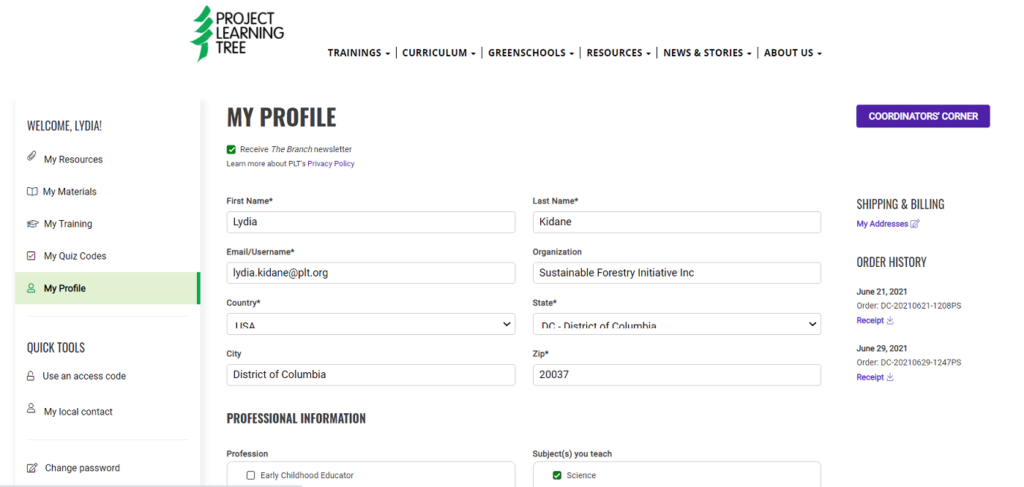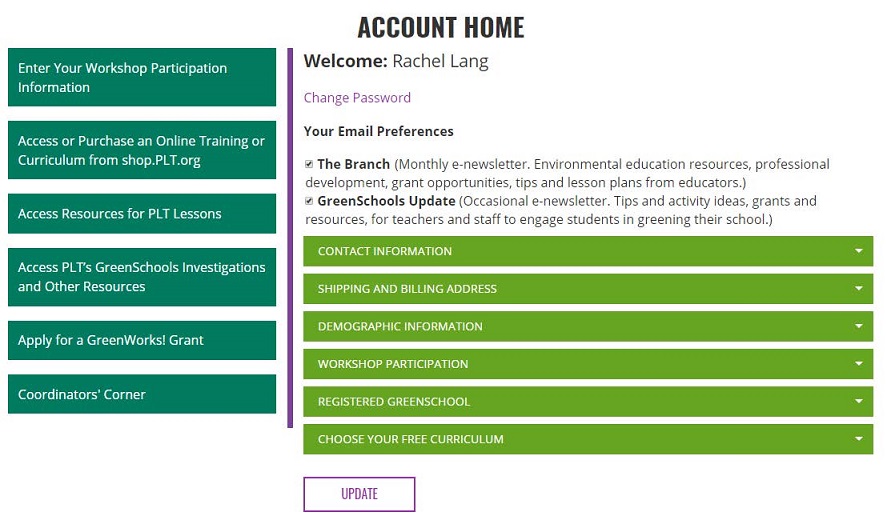With winter break just around the corner, we’ve compiled a list of two weeks’ worth of fun outdoor activities that will keep everyone entertained. Let nature inspire you, enjoy the beauty of winter, and spend time outside. Every day, a new adventure for the family awaits!
If you live in polar and temperate zones, before venturing outdoors, monitor weather conditions and ensure children dress appropriately before heading out.
1. Play I Spy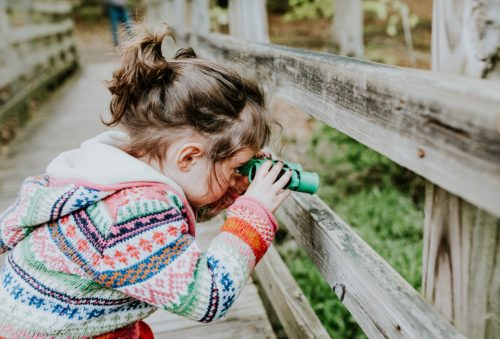
Get outside and use your nature-spotting eyes! Play a game of I Spy with your kiddos, encourage them to look for the big and little parts of nature, and then ask questions about what they’ve spied. “I spy something green” could turn into a conversation about the type of tree your child sees. Unsure what type of tree it is? Check out our Name That Tree activity and download a free mobile app to make identifying trees fun and easy.
2. Take a Walk
Yep, it’s that easy! If everyone’s getting a little antsy being cooped up inside, grab jackets and sweaters, put on comfy shoes, and head out for a family walk. Whether you go for a loop around the neighborhood or a two-mile nature hike, getting outside has its health benefits – both mental and physical. It lets you release whatever energy is built up, plus you enjoy the beauty of nature and get some fresh air and vitamin D.
3. Urban Birdwatching
Just look up! Birds are everywhere around us. Urban birdwatching is an easy activity to open kids’ eyes to the natural environment around them and how incredible birds are at making homes wherever they land.
4. Make Nature-Based Gifts
The best gifts are those that come from the heart. Encourage your kids to make gifts for family and friends by using materials they can find in nature or by reusing materials from something else. Create a cool art piece using recycled cardboard and glue on leaves or rocks you find on your walk. Draw or take a picture of whatever you see around you and frame it for a family member. Be creative and get inspired by nature (and our Pinterest page that’s full of fun arts and craft activities)!
5. Visit a Park
Make a plan to get outside and play in nature! Maybe it’s spending the afternoon at a neighborhood park, or if you live close to a regional, state, or national park, these are beautiful locations that can truly take your breath away. Be sure to check out the visitor center where you can chat with park rangers, learn more about trees, plants, animals and geology, and access maps for hiking trails. Don’t live close to a park? Check out local nature preserves, outdoor museums, or botanical gardens.
6. Enjoy Nature’s Symphony
Have you ever noticed how the stillness of winter amplifies the sounds around you? Step out into your backyard, have everyone close their eyes, and just listen. What do you hear? Are there birds chirping? Can you hear the sound of leaves rustling in the breeze? What does the snow crunching beneath your feet sound like? Check out our Sounds Around activity.
7. Park/River/Beach Clean-Up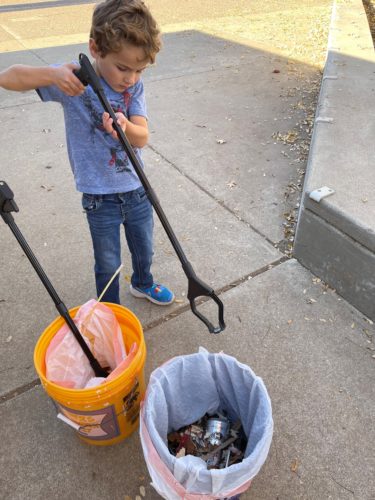
Don’t be a litterbug…be a clean-up bug! A great way to teach your kids about the importance of caring for our planet is to pick up litter. There are lots of benefits, including that it helps to improve water quality and critters don’t mistake trash for food. All you need are some gloves to keep your hands clean and a trash bag. Start small – clean up litter in your neighborhood or favorite park. If you live near water, help clear trash from the beach. If there’s an organized event happening near you, that’s another great way to get involved and meet others in your community!
8. Adopt a Tree
Find a tree in your yard, neighborhood or a nearby park that intrigues your family. Invite your kids to “adopt” their favorite tree and use their senses of sight, touch, hearing, and smell to describe the tree. Check out our free family activity and download the Adopt a Tree Journal so your family can revisit this tree throughout the seasons.
9. Start a Nature Collection
One of the things my own kiddos love to do is collect items from nature when we’re out hiking or walking on the many trails in our town. From finding a tiny pebble and an acorn to leaves that have fallen off trees and bird feathers found on the ground, this is a fun way for kids to learn about different types of trees, plants, rocks, and animals. Be mindful of where you’re taking items from – check with rules and regulations for where you visit.
10. Make the Most of Winter Weather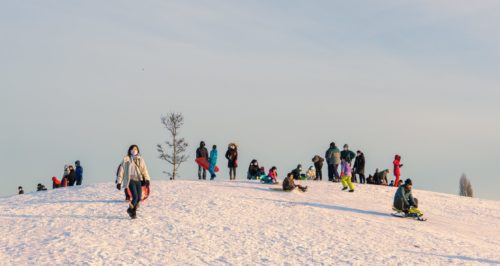
If you live somewhere it snows, take advantage of playing in the snow! From skiing, snowshoeing, sledding, and ice-skating to building a snowman or snow castle, get outside to enjoy the wonders of winter weather. Rain in the forecast? Have everyone put on raincoats and shoes, and channel your inner child by jumping in puddles or digging in the mud and dirt! It’s ok to get dirty; in fact, it’s a great way for kids to learn about nature. There are all sorts of stories that soil can tell us!
11. Have a Picnic
Who says picnics are only for spring and summer? If there’s some good weather in your winter break forecast, pack a snack or meal (and weather appropriate clothing!) and head outdoors with your family. Use this opportunity to enjoy some bird watching or talk with children about what they see and hear around them, whether you’re in your backyard or at a park.
12. Follow the Animal Tracks
If it’s recently snowed or rained, take a walk and see if you can find animal tracks. Put on your detective hat and look for clues. Is it a deer, squirrel, or bird? Is there scat nearby? A feather? Some fur? Was the animal heading to a creek to drink water or to a tree to scratch its back? Whatever the wild animal, always use caution and leave plenty of space if you come upon one! Remember, we’re visitors in their home.
13. Star Gaze
Bundle up and head outside on a clear night to gaze up at the skies. It’s a great way to introduce children to astronomy, plus looking at stars sparkling in the night sky helps us realize just how small we are in comparison to our planet. It’s pretty awe-inspiring!
14. Nature Journaling
On your next outdoor adventure, encourage everyone to grab a piece of paper or journal and a pencil. Our activity, The Closer You Look, helps children understand the structure of a tree through observation and art. Nature journaling is a fun, creative outlet for kids and adults – and you don’t have to be the next Claude Monet! Maybe you prefer writing poet-tree and your child loves drawing. There are no rules when it comes to creating a nature journal, other than find what inspires you and let your pencil do the rest!
Looking for more ways to explore nature with your family or great gifts to give this holiday season?
Check out Trees & Me: Activities for Exploring Nature with Young Children, Pocket Guide: Seeds to Trees, and Nature Activities for Families. You can find these books and more on the PLT Shop!

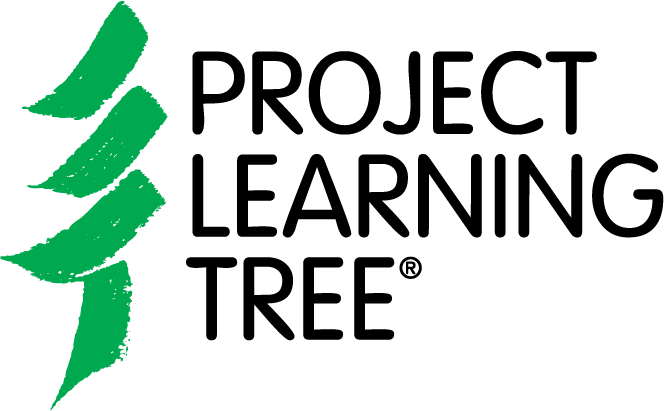

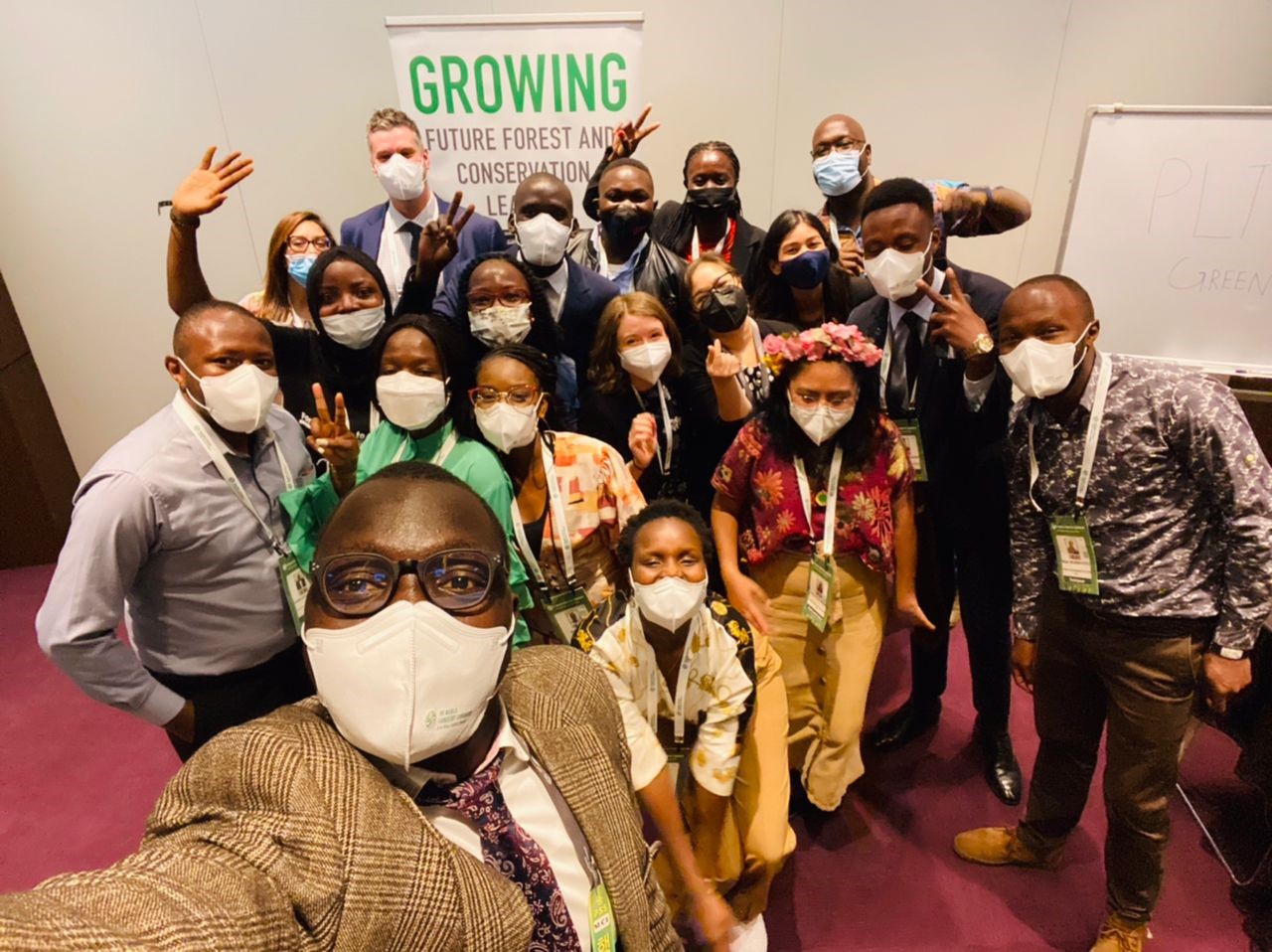



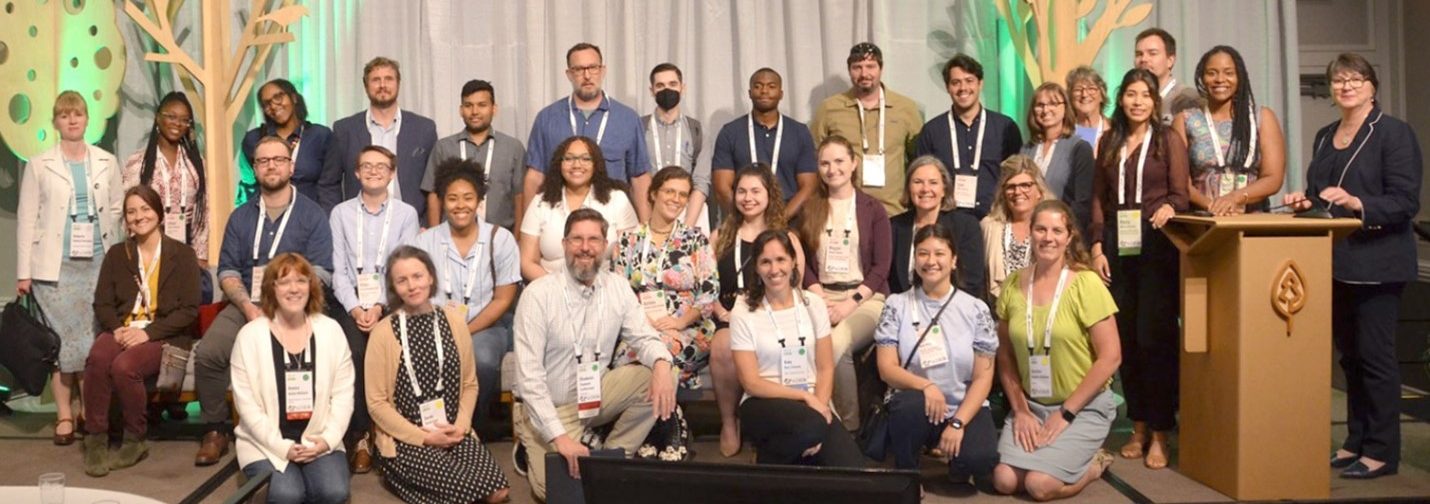

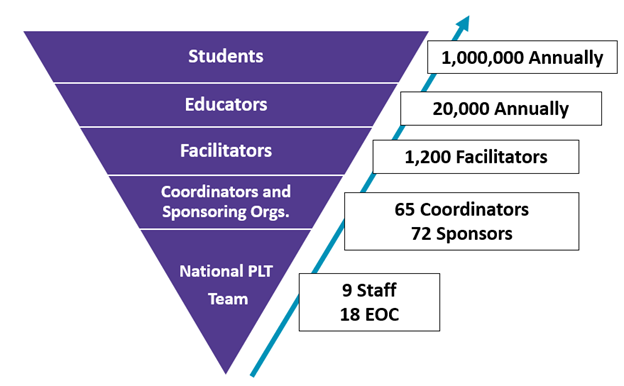
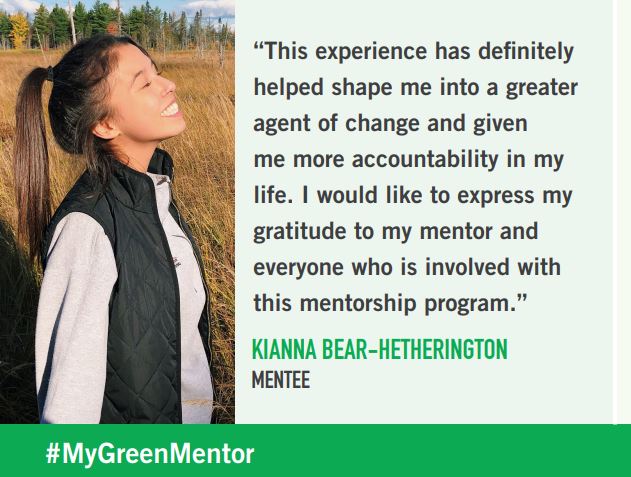

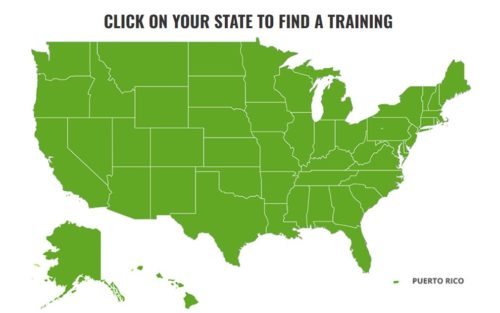
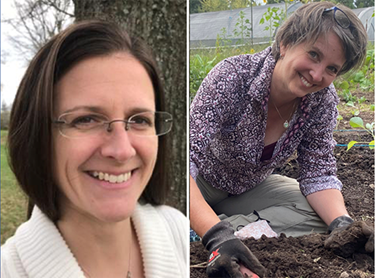
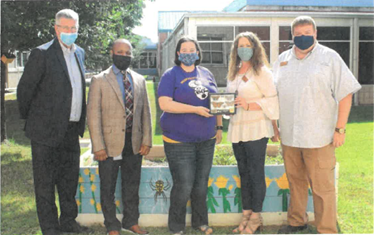 Jackie Scott: Lab Science and Physical Science Teacher and Soccer Coach at Mann Magnet Middle School, Arkansas
Jackie Scott: Lab Science and Physical Science Teacher and Soccer Coach at Mann Magnet Middle School, Arkansas 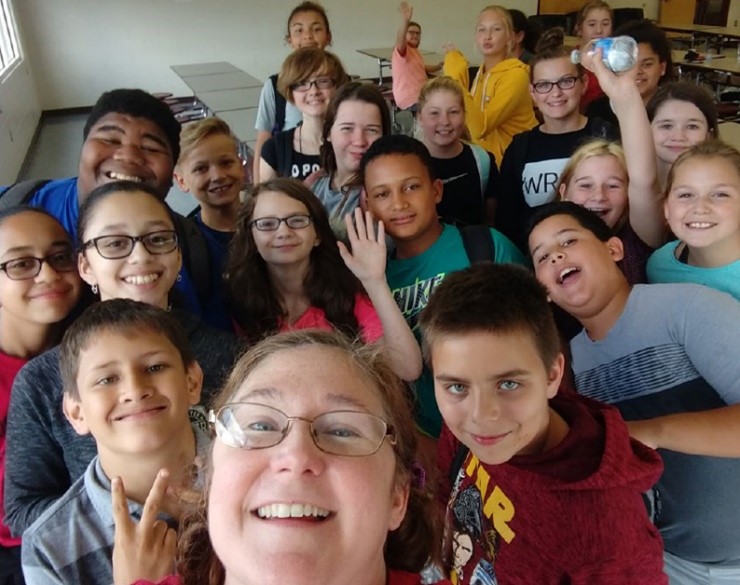 Janet Schnauss: Elementary Science Specialist at Duval County Public Schools, Florida
Janet Schnauss: Elementary Science Specialist at Duval County Public Schools, Florida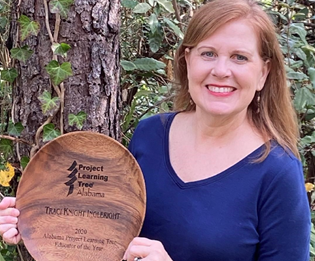 Traci Knight Ingleright, District Enrichment Specialist for Hoover City Schools, Alabama
Traci Knight Ingleright, District Enrichment Specialist for Hoover City Schools, Alabama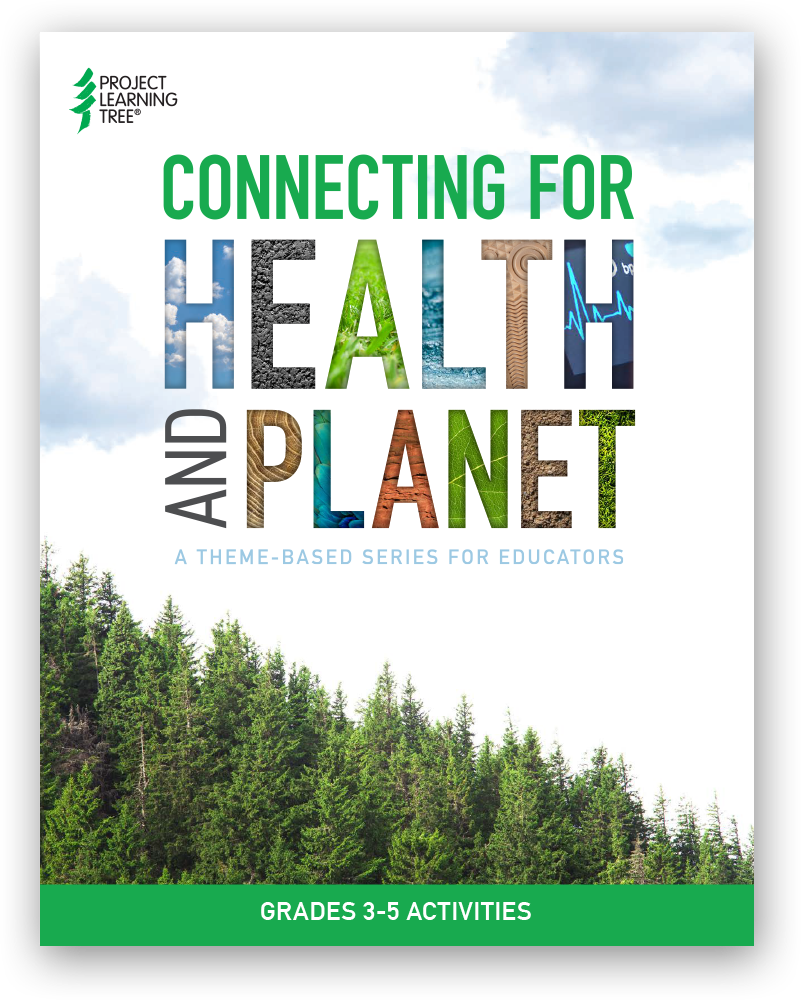

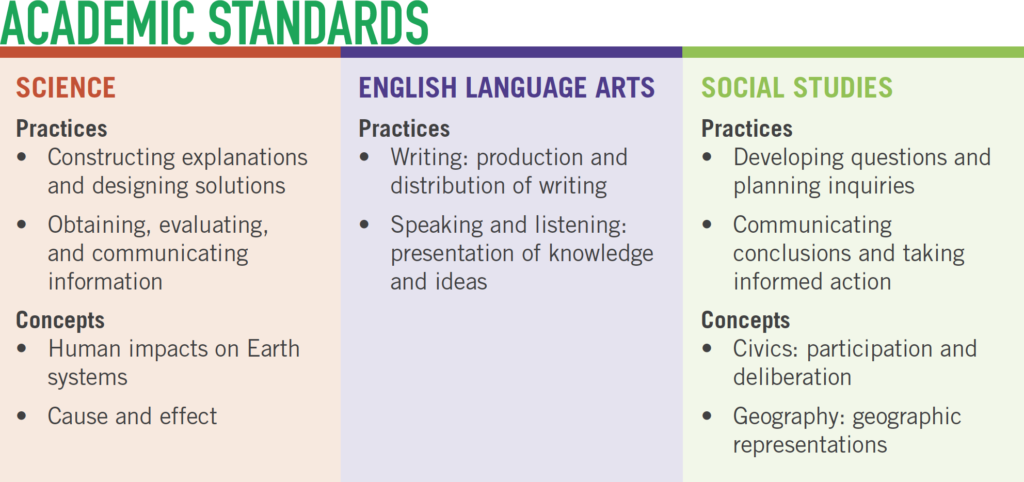
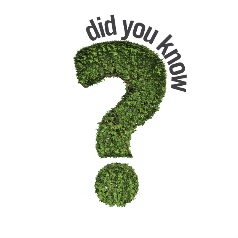

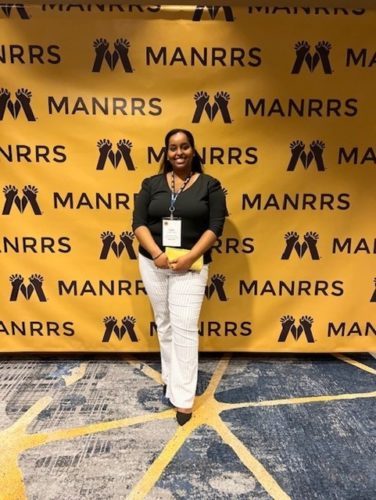
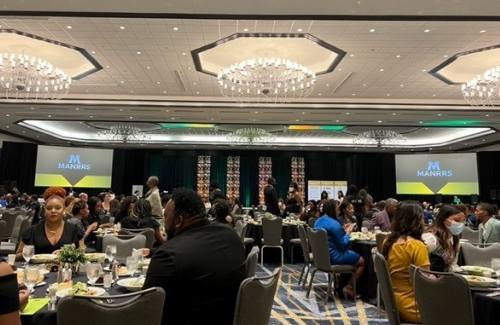 I listened to inspirational speakers and visited the Career Expo and Fair, where 50+ organizations and recruiters provided onsite interviews and promoted internship and fellowship opportunities. I participated in workshops, like the Talent Development Pipeline for Farms of the Future session run by AgLaunch. And there were lots of fun networking opportunities, like the Closing Gala, where we all got dressed up and found out about what scholarships were awarded, who won the research and speech contests, and the newly elected MANRRS national officers.
I listened to inspirational speakers and visited the Career Expo and Fair, where 50+ organizations and recruiters provided onsite interviews and promoted internship and fellowship opportunities. I participated in workshops, like the Talent Development Pipeline for Farms of the Future session run by AgLaunch. And there were lots of fun networking opportunities, like the Closing Gala, where we all got dressed up and found out about what scholarships were awarded, who won the research and speech contests, and the newly elected MANRRS national officers.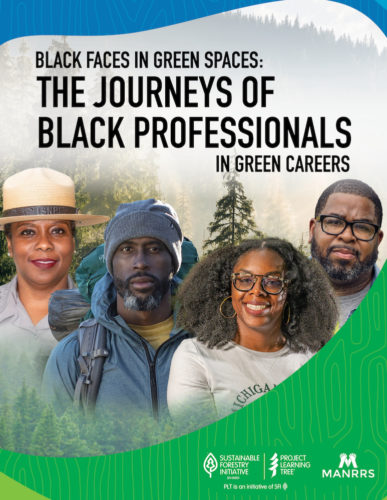
 Keynote Speaker: Buddy Huffaker
Keynote Speaker: Buddy Huffaker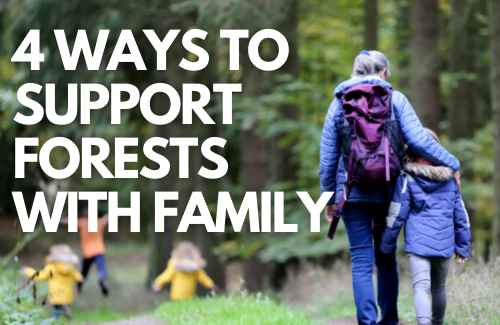 May, June, and July are notable months for the transition from spring to summer, the anticipation of breaking from school, and a few of our favorite family-focused holidays: Mother’s Day (May 8), Father’s Day (June 19), Parents’ Day (July 24).
May, June, and July are notable months for the transition from spring to summer, the anticipation of breaking from school, and a few of our favorite family-focused holidays: Mother’s Day (May 8), Father’s Day (June 19), Parents’ Day (July 24).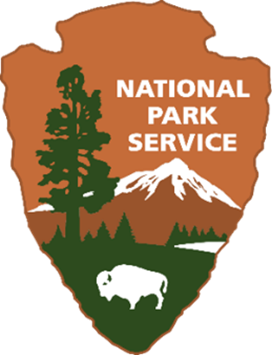

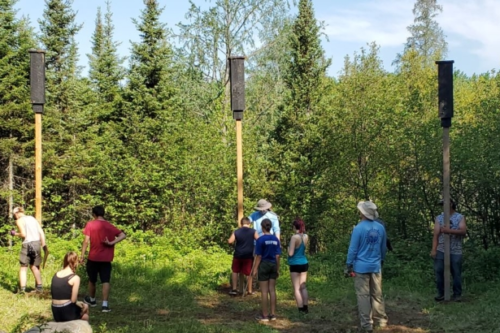
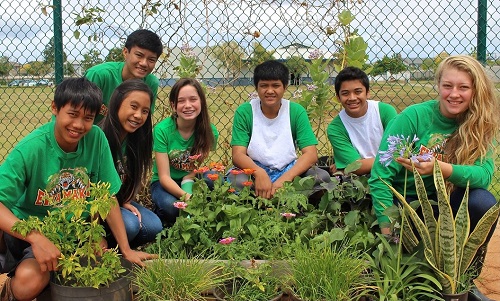
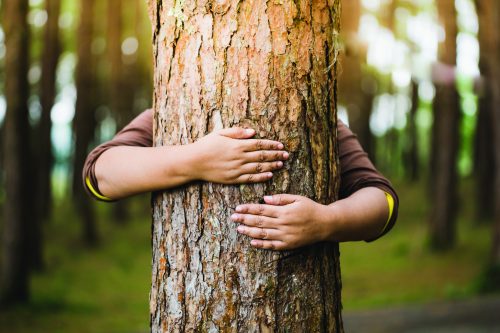 Are you planning to attend the
Are you planning to attend the 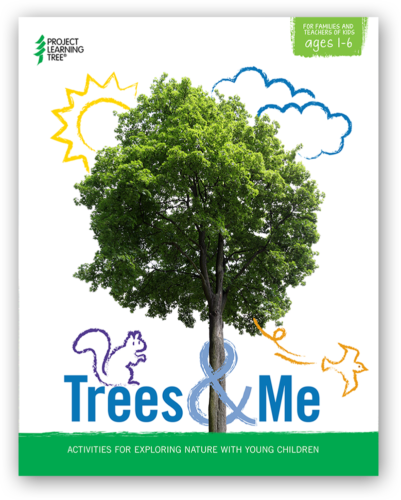


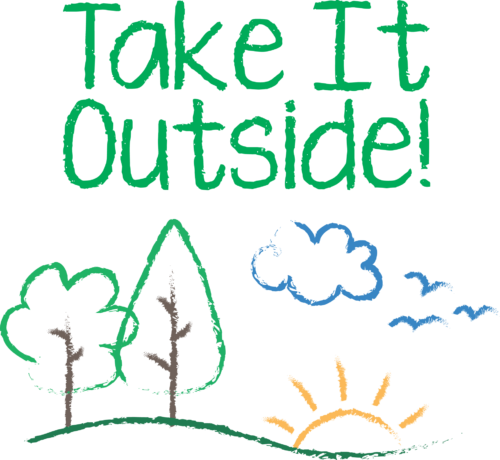
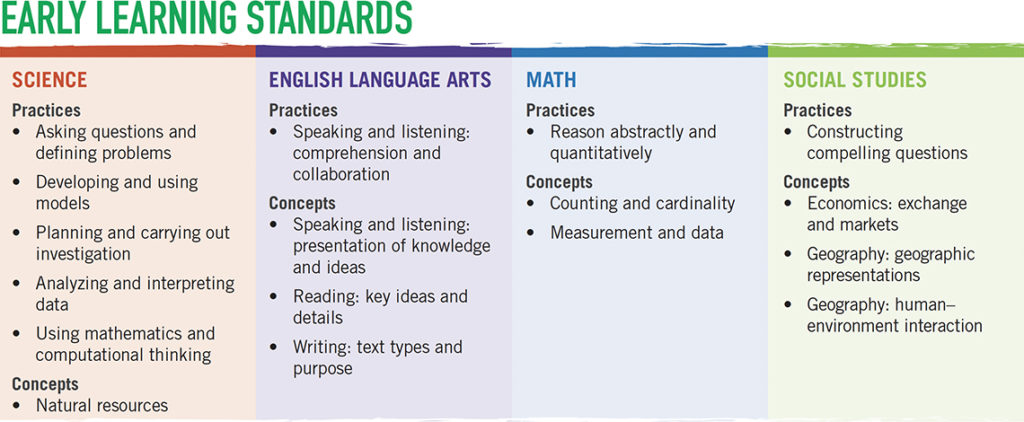
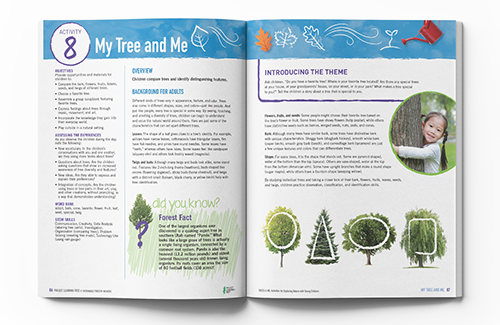

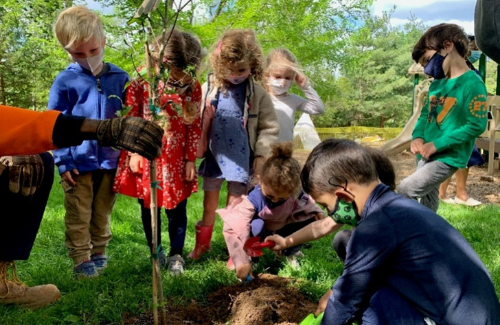

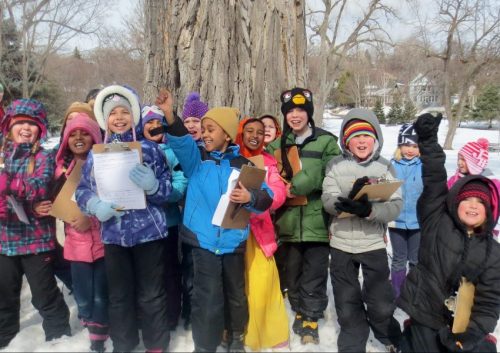 Heirloom Seeds Co.
Heirloom Seeds Co.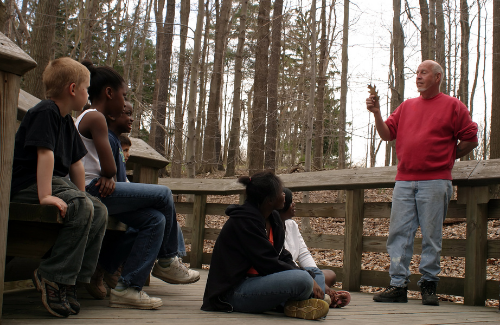 a difference in the lives of you, your child, and your community.
a difference in the lives of you, your child, and your community.